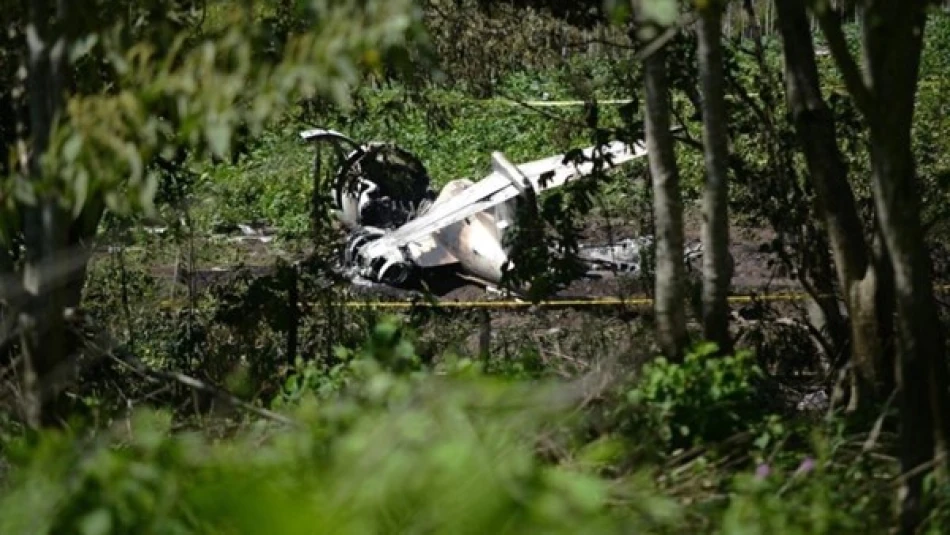
Tragedy Strikes: Fatalities Reported in Arizona Air Ambulance Crash
Medical Air Ambulance Crash in Arizona Claims Four Lives, Raising Safety Questions
A medical air ambulance operated by CSI Aviation crashed and burst into flames during landing at Chinle Airport in northern Arizona, killing all four crew members aboard. The Beechcraft 300 was en route from Albuquerque, New Mexico, to transport a patient when the tragedy occurred, highlighting ongoing safety challenges in the critical but high-risk medical aviation sector.
The Fatal Flight
The aircraft went down in the early afternoon hours while attempting to land at the small airport northeast of Flagstaff. The medical crew was traveling to a hospital to pick up a patient for transport, a routine mission that underscores the essential role air ambulances play in Arizona's vast rural healthcare network.
Both the Federal Aviation Administration and the National Transportation Safety Board have launched investigations into the crash. The cause remains unknown, with investigators likely to examine weather conditions, mechanical factors, and pilot performance in the coming weeks.
Medical Aviation's Persistent Safety Challenges
This latest incident adds to a troubling pattern in the medical aviation industry, which has faced scrutiny over safety standards for years. Medical helicopter and fixed-wing aircraft crashes occur at rates significantly higher than commercial aviation, largely due to the demanding operational environment these crews face.
High-Risk Operations
Air medical services operate under unique pressures that distinguish them from other aviation sectors. Crews often fly in challenging weather conditions, land at unfamiliar or makeshift landing zones, and work under the stress of life-or-death missions. Night flights, common in medical aviation, add another layer of complexity and risk.
The industry has implemented various safety improvements over the past decade, including enhanced weather monitoring systems, night vision technology, and stricter operational protocols. However, the fundamental challenges of emergency medical aviation persist.
Arizona's Rural Healthcare Lifeline
In Arizona, air ambulances serve as a critical link between remote communities and advanced medical care. The state's geography—with vast distances between population centers and challenging terrain—makes ground transportation impractical or impossible in many emergency situations.
Rural hospitals across Arizona and the broader Southwest rely heavily on air medical services to transfer critically ill patients to trauma centers and specialized facilities in Phoenix, Tucson, and other urban areas. This dependency makes safety improvements in medical aviation not just an industry concern, but a public health imperative.
Industry Response and Regulatory Oversight
The medical aviation sector has invested heavily in safety technology and training programs following previous high-profile accidents. Companies have adopted sophisticated flight risk assessment tools and implemented more conservative weather minimums for operations.
However, the inherently dangerous nature of the work—combined with competitive pressures and the urgency of medical missions—continues to challenge even the most safety-conscious operators. The NTSB's investigation of this Arizona crash will likely examine whether existing safety protocols were followed and if additional measures could prevent similar tragedies.
For CSI Aviation and the broader medical aviation community, this incident serves as another stark reminder that despite technological advances and improved procedures, the mission to save lives through emergency air transport remains one of aviation's most perilous endeavors.
 Layla Al Mansoori
Layla Al Mansoori







